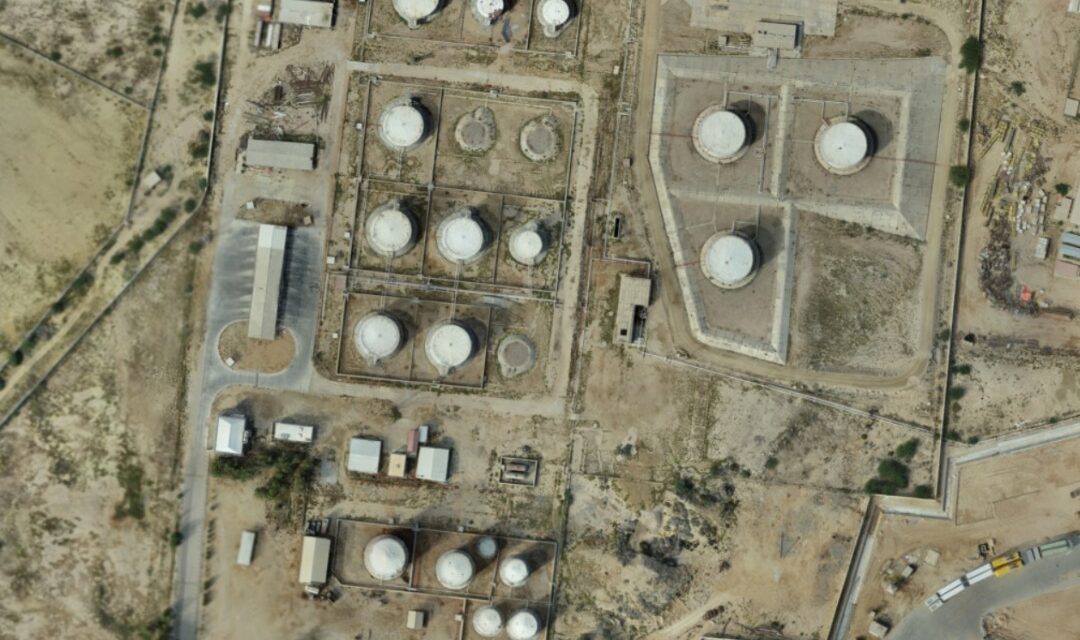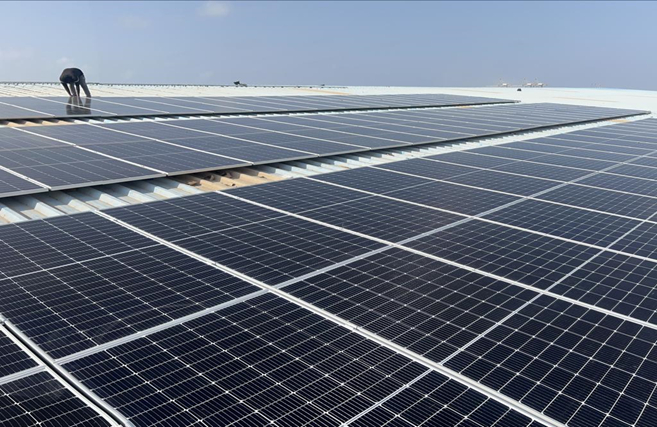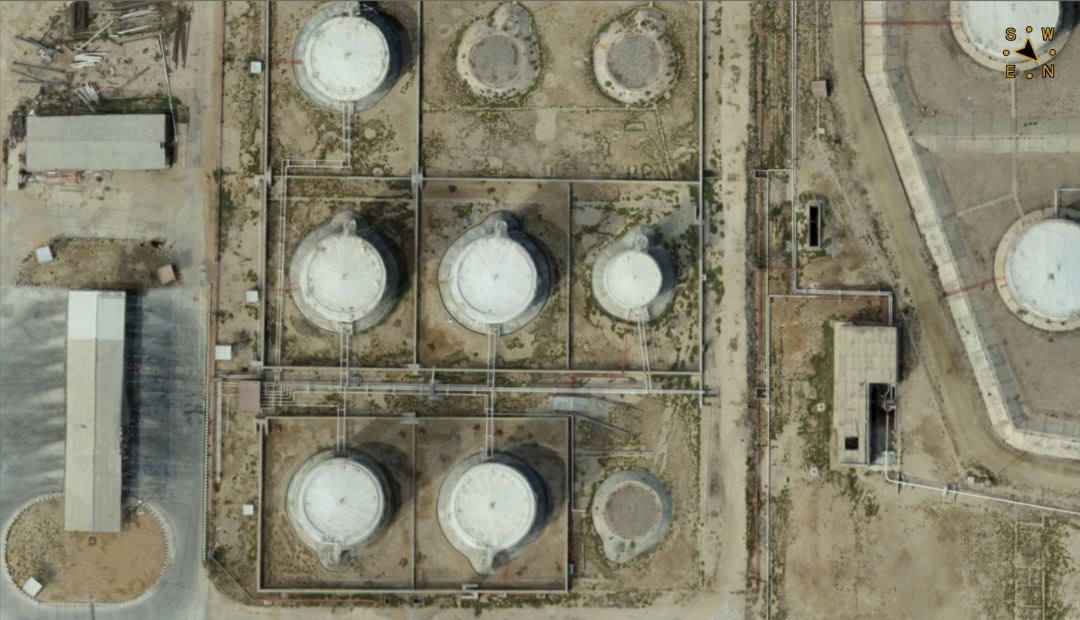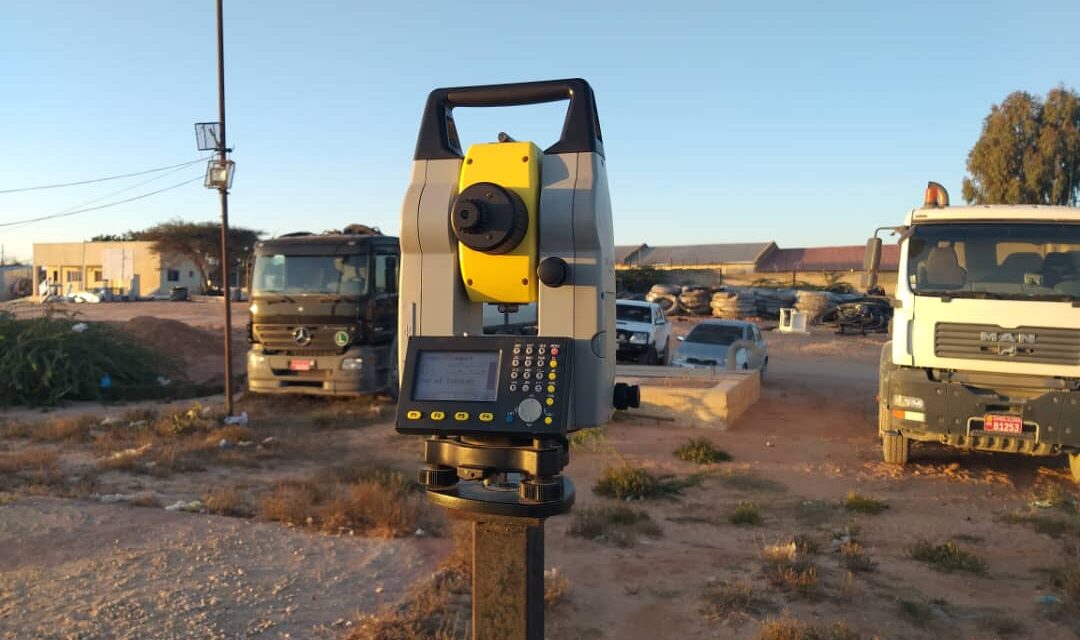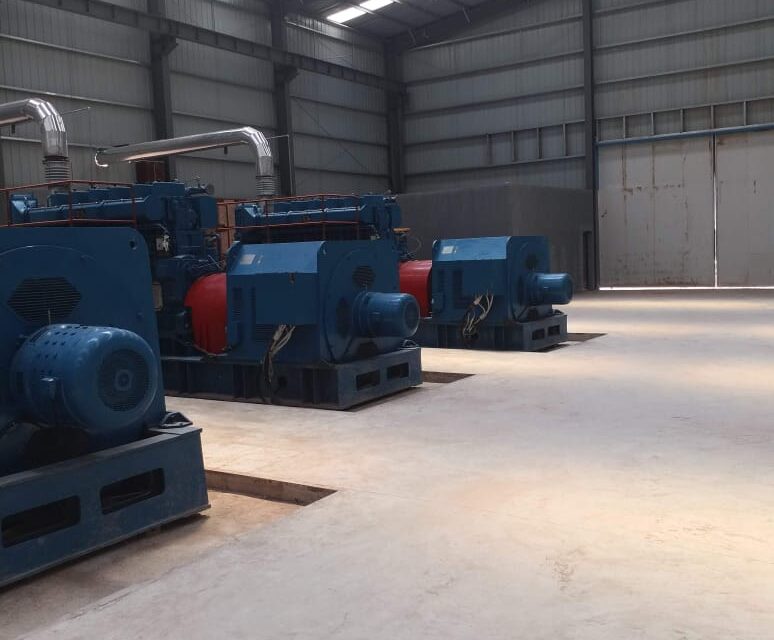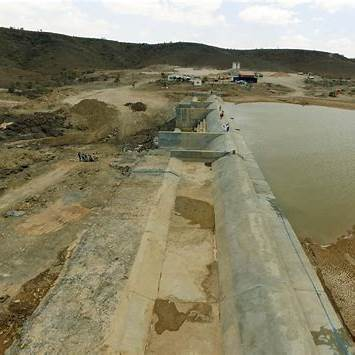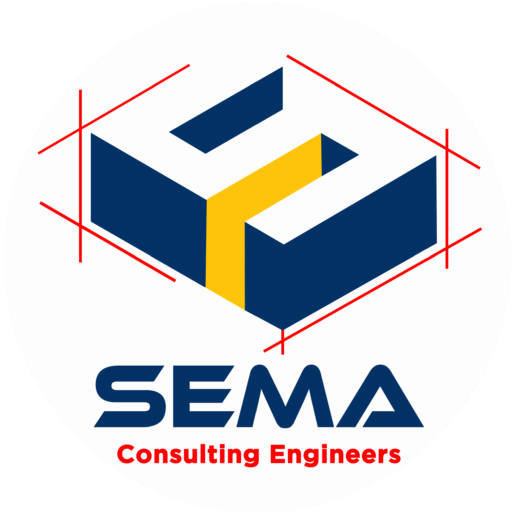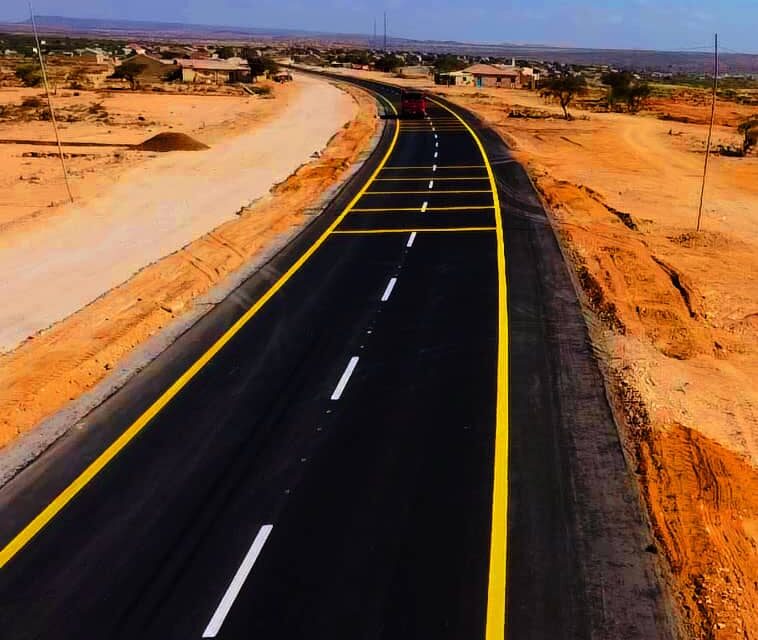
Paving the Way: SEMA Engineering’s Road Infrastructure Projects
SEMA Engineering & Consulting has long been at the forefront of infrastructure development in the region. Among its diverse project portfolio, road construction and rehabilitation stand out as some of the most vital contributions to sustainable urban and rural development. With over four decades of engineering excellence, SEMA continues to build roads that connect communities, boost local economies, and support safe, efficient travel.
🚧 Why Road Infrastructure Matters
Roads are the backbone of any modern society. Whether it’s for transportation, trade, or daily commuting, a reliable road network supports every aspect of life. SEMA Engineering’s road projects are designed to meet present needs while anticipating future growth, ensuring long-term performance and adaptability.
🛣️ Key Highlights of SEMA’s Road Projects
-
High-Quality Materials & Techniques
SEMA employs advanced construction materials, including asphalt and reinforced concrete, combined with modern road-building techniques to ensure strength and durability. -
Geometric & Structural Design
Every project includes precise planning of curves, slopes, drainage, and pavement layers to enhance road safety and reduce wear and tear. -
Drainage & Erosion Control
Roads are built with proper stormwater drainage systems and erosion control features to maintain longevity and prevent environmental damage. -
Rural & Urban Reach
Whether developing roads in underdeveloped rural areas or rehabilitating key urban corridors, SEMA customizes its solutions for maximum impact.
🌍 Sustainable & Community-Focused Design
-
Low-Carbon Methods: Emphasizing fuel-efficient machinery and minimal waste.
-
Safe Access: Incorporating pedestrian paths, signage, and lighting for commuter safety.
-
Local Job Creation: Projects generate employment and skills development for local workers.
🏙️ Recent Road Projects by SEMA
Some of SEMA’s latest road infrastructure contributions include:
-
Access Roads to Wahen Market & Commercial Sites
-
Internal Roads for Wahen Shopping Mall
-
Bridge-Linked Road Extensions
-
New Pavements for High-Traffic Urban Zones
Each project is marked by timely completion, strict quality control, and a commitment to international engineering standards.
✅ Conclusion
From highways to access roads, SEMA Engineering is building more than just pathways—they’re building connections that matter. These roads lead to stronger economies, safer communities, and smarter cities.
For more details on ongoing and completed projects, visit SEMA Engineering’s official website.
